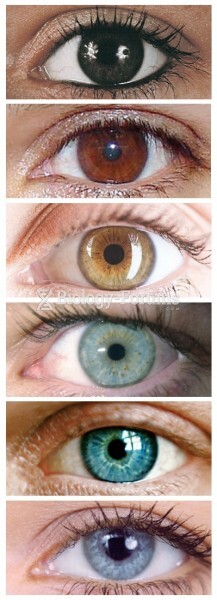Answer to Question 1
Answer:
Research has demonstrated that when an organization is in crisis a woman or minority person is more likely to be appointed as the leader of the organization. This is true predominantly when the leadership position puts one at considerable more risk than would be typical. In an archival study, the board of directors in major corporations as listed on the London Stock Exchange showed that when men were appointed the share price of the company had been relatively stable. However, women were appointed to boards after consistently poor share performance.
Answer to Question 2
Answer:
In collectivist groups, the norm is harmony, avoiding disagreement and conflict, among group members, even if there are personal costs. In individualist groups, the idea is to stand out, to be different, disagreeing may be seen as courageous.
When one values highly one's group, one is more likely to place great importance on the norms (social rules) of that group.
In the experiment, participants were selected who were high or low in identification with their university. Then they were told the student culture was either individualist (personal-goal oriented) or collectivist (goals are for the benefit of the group). Then they were told about a student dissenting from the view of most students. A chapter figure showed that, for high identifiers, a dissenter was liked when the norm was individualist, but disliked when the norm was collectivist. Thus, how much participants liked or didn't like the dissenter was the dependent variable. These differences didn't show up for participants who were low-identified.
So, the take-home message is that this response to dissent, i.e., an approval response for following group norms or a disapproval response for not following group norms, only matters for people for whom the norms are important (high-identifiers)







